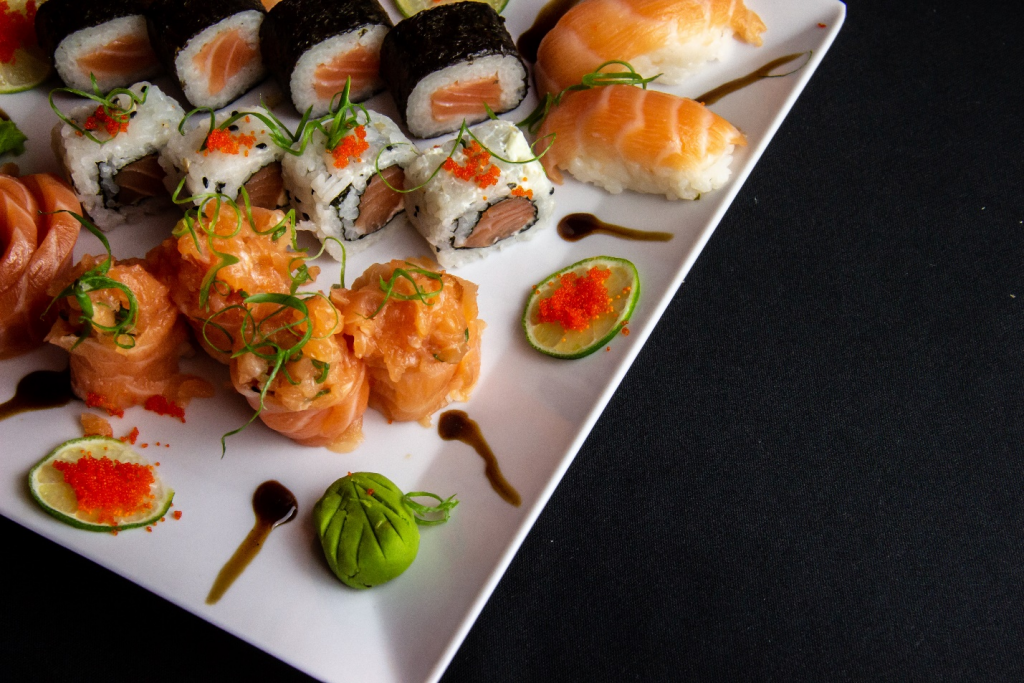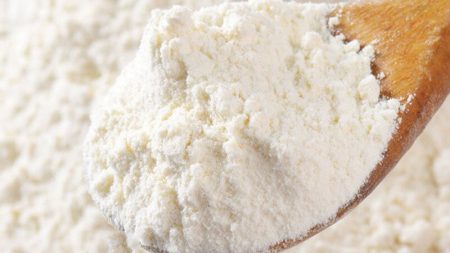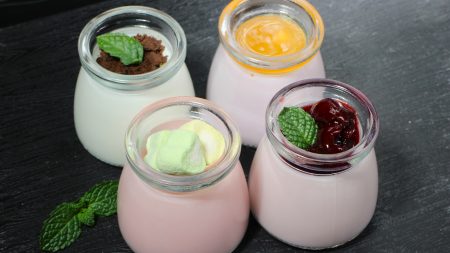Carrageenan is extracted from seaweed called kappa carrageenan. Carrageenan is a naturally occurring polysaccharide, a complex carbohydrate polymer with a galactose backbone. It appears as a red to a blue-green substance produced by a group of marine red algae known as Rhodophyta. The name comes from the Irish word 'carragh,' meaning red. These algal species are "Irish moss" or "Rhodophyta." [Wikipedia]
Carrageenans are widely used as food stabilizers and thickeners in foods, such as ice cream, puddings, sauces, and gravies, to avoid lumps and graininess. For this reason, they are also called "food grade carrageenans."
There are three main ways to make kappa carrageenan, by mechanical, chemical, or enzymatic. The type of seaweed and water temperature are the key factors determining the kappa carrageenan's extraction method.

Mechanical Method:
This is the most popular way of extracting carrageenan from seaweed. It is a simple process that takes place in an autoclave. The carrageenan is removed from the seaweed and then purified and dried.
In this process, the water is heated, and the heat causes a chemical reaction that changes the cell wall into carrageenan. The cell wall remains intact, so there are no impurities.
The disadvantage of this process is that it is not suitable for industrial use. The operating pressure of the autoclave needs to be low, and it needs to be operated under certain conditions.
The mechanical method can only be used with certain types of seaweed. The seaweed is ground into a fine powder and then placed in the autoclave with hot water. Some carrageenan manufacturers use the mechanical method of extracting carrageenan.
Chemical Methods:
It is the most preferred way to extract carrageenan. In this process, the seaweed is treated with a mild acid solution, and the acid causes the carrageenan to release into the water. The chemical process is better than the mechanical process in terms of safety and quality. It can extract more carrageenan than the automated method. The chemicals used are mild acids such as sulfuric acid, phosphoric acid, hydrochloric acid, and nitric acid.
The chemical method is a widespread method of extraction. The seaweed is boiled in a solution of strong acid. Then, the solution is drained. The acids break the polysaccharide bonds that hold the carbohydrates together and free the carrageenan.
However, the process is also labor intensive and can't be used in an autoclave. This is the main reason a professional carrageenan manufacturer does not favor it.
Enzymatic Method:
Enzymes are found everywhere in nature and play many essential roles in living organisms. They are vital to the digestive system, immune system, and skin. They also help to make the hair grow. When enzymes are extracted from the plant they use, they do not damage the plant. A good carrageenan manufacturer will always prefer an enzymatic extraction method since it does not harm the seaweed. It allows the enzymes to act on the carrageenan without damaging it. The carrageenan is then processed into a powder form. It is safe to use and can be mixed with food. It is also suitable for use in cosmetics and personal care products.
There are two kinds of enzymes in the human body. These are proteases and lipases. Proteases are used to break down protein, and lipases are used to break down fats. To make carrageenan, a substance called agar must be extracted. This is a gel-forming substance made from algae. Agar makes various gelling agents and is used in the food industry. Most often, agar is used to make gelatin.

Why is Carrageenan FDA Approved?
Carrageenan is approved for use in the United States, Canada, Japan, and China. There are currently no reports of toxicity of carrageenan. When the FDA first authorized carrageenan as a safe and effective food additive, it did so explicitly based on its ability to inhibit the growth of Clostridium perfringens, a bacterium that can cause botulism.
It is approved in the EU as an "inert" ingredient. This means that it doesn't have any nutritional or physiological properties. This allows manufacturers to claim it's safe to use in foods and beverages.
In Canada, carrageenan is also considered an "acceptable ingredient," which means it is permitted but not regulated by the FDA. It's approved in Australia and New Zealand as a "natural flavoring." As of 2018, the FDA is still investigating the use of carrageenan in infant formula, although it's unlikely that they will ban its use.




 Whatsapp
Whatsapp